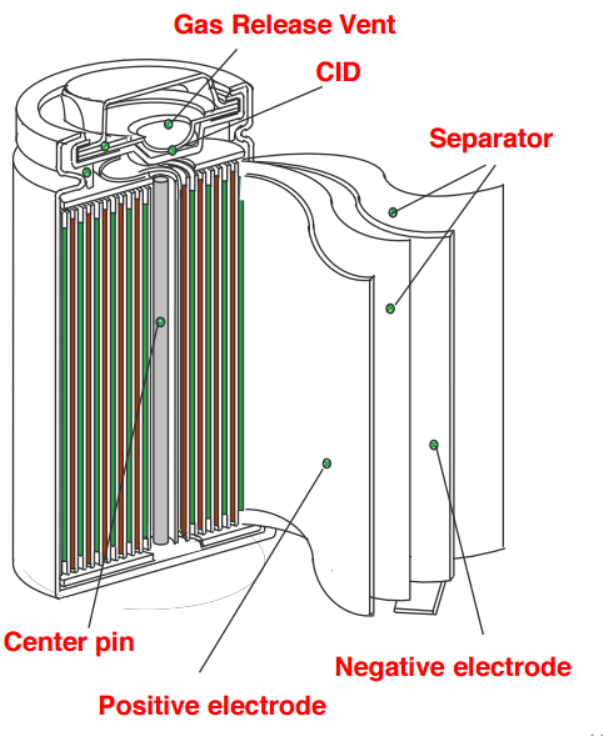whatever
100 kW
- Joined
- Jun 3, 2010
- Messages
- 1,297
just came across some info, not sure if discussed here already,
seems some 18650 cells have an auto disconnect under the caps, very simple and clever design, once the cell
gas level reaches a certain level the cell cuts off the pos connection.
this video explains very clearly how it works
' https://www.youtube.com/watch?v=1w3Tv1Jg0ps '
You can also reverse the cutoff.
seems some 18650 cells have an auto disconnect under the caps, very simple and clever design, once the cell
gas level reaches a certain level the cell cuts off the pos connection.
this video explains very clearly how it works
' https://www.youtube.com/watch?v=1w3Tv1Jg0ps '
You can also reverse the cutoff.


